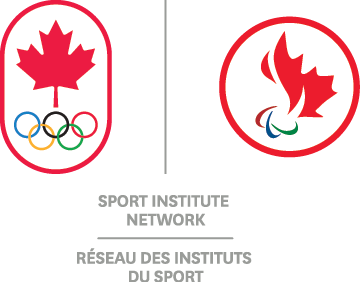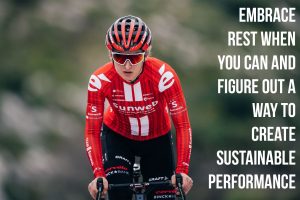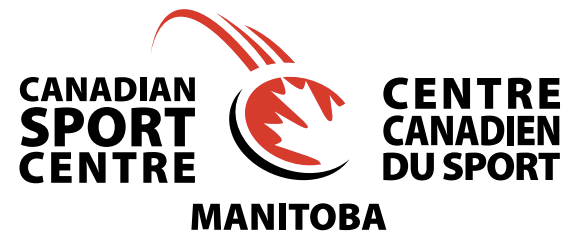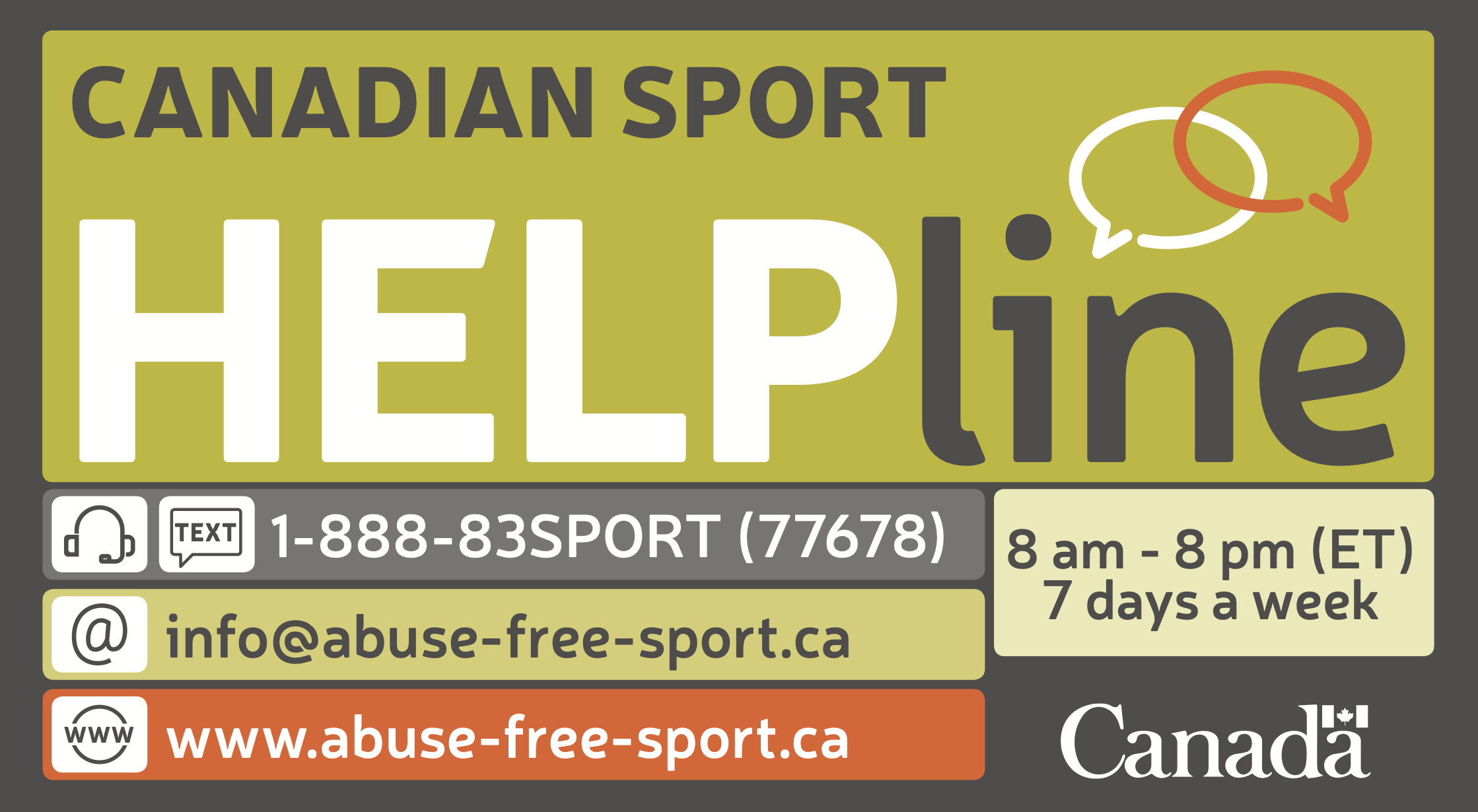Week 1: Understanding Yourself
Mental Performance
Mental and physical health exist on a continuum from healthy, to hurt, to injured. When you’re healthy, you’re ready to take on the world and challenge yourself to grow. When you’re hurt, you may still be able to participate but you’re definitely not at 100% and you may need some support. When you’re injured, you likely need some focused treatment from a qualified professional before you return to play. Most people experience all three at different points in their lives, and many of us have been at least hurt thanks to COVID-19!
Use CSCM’s Mental Health Continuum to reflect on your current mental health state and reach out to someone you trust if you need support.
Psychology includes understanding the relationship between our minds and our bodies. How we think influences how we feel, how we behave, and how our body responds. By paying attention to and understanding these interactions, we can identify when we are struggling and create a plan to look after ourselves.
Check out the CSCM Psychology Maps for an example of how this works.
Dietetics
Understanding yourself as an athlete includes understanding not only your nutrient needs, but also your energy requirements for each training load you have. When, what, and where you eat does matter. Even if you are choosing balanced and healthy options more often, you may not be meeting your energy requirements necessary for a particular training block or at important times in your day.
Beyond that, it is important to have enough dietary energy to fuel training while also supporting the essential functions of the human body, this is a measurement of energy availability (EA). Athletes must manage their energy requirements to support both health and performance. A low EA (indicating that an athlete may not be meeting their energy requirements) can lead to poor physical and mental health, while also negatively affecting athletic performance.
For more information on energy availability, including a self-assessment tool and 5 tips for managing energy availability*, click here.
*If you are concerned about your energy requirements, talk to a sport dietitian, doctor, or another trusted individual.
Performance & Health Impact of Low EA or RED-S
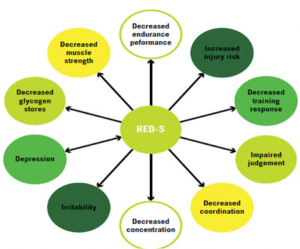
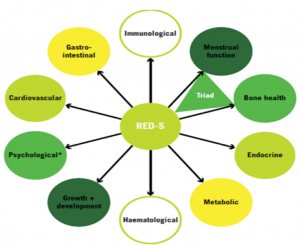
Physical Prep
Learning and growing as an athlete is a continuous process throughout our lives, and part of that process is understanding of what our bodies can do (or not). Early on in our athletic careers, we realize that going all-out in every training session is not sustainable or beneficial for long-term goals and results.
To gauge how difficult a training session was, we can use a rating of perceived exertion scale (RPE), which is usually numbered 0-10 or 6-20 with lower numbers indicating an easier session.If you ask someone new to exercise how they would rate a session, chances are they will be off the mark with how challenging a session was compared to their true capacity. As they get exposed to more training sessions, some easier and some harder, their knowledge of where that given training session lands is more precise since they have a larger “library” of past training experiences to help them gauge.As an athlete, you already have a very large base of how to gauge your workouts, but the precision of your RPE rating is more important than the average exerciser. Your coach is responsible for reviewing your sessions and making sure they are hitting the mark for intended difficulty and making sure you don’t overtrain or get injured.
This guide can help you with that precision piece, and as an athlete we are sure that you will keep refining your understanding of what makes a workout easy or challenging for you as you grow in your athletic career. Think of this as another tool to help with Understanding Yourself.
